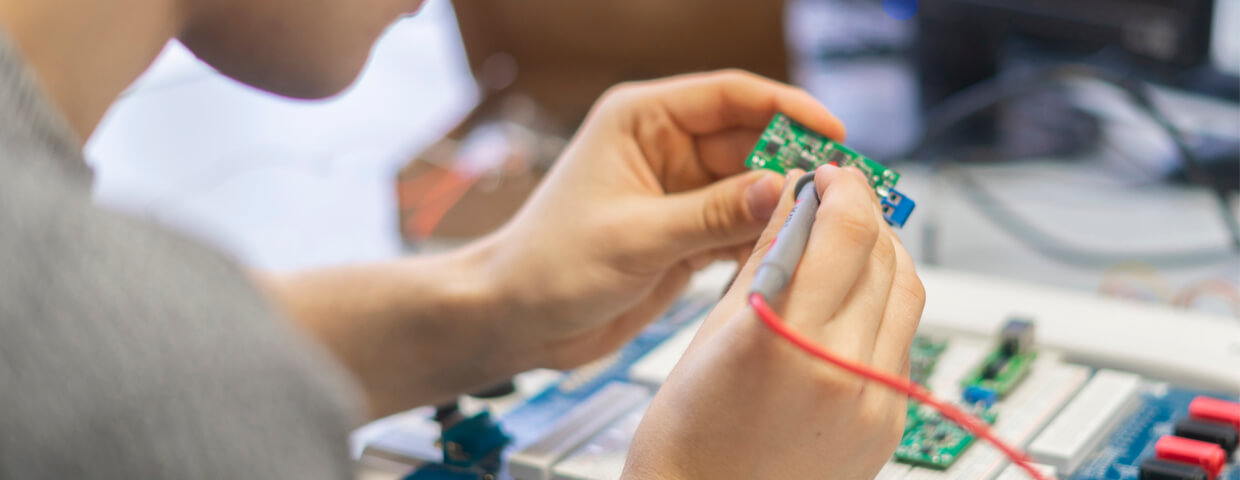 As a conformal coating known for its reliability and longevity, parylene wasn't designed to come off easily. However, certain techniques can make removal safe, effective, and cost-efficient. Read on to find out why MicroBlasting might be your best option.
As a conformal coating known for its reliability and longevity, parylene wasn't designed to come off easily. However, certain techniques can make removal safe, effective, and cost-efficient. Read on to find out why MicroBlasting might be your best option.
3 Components of Parylene Removal
If you're looking for a conformal coating that can offer reliable, consistent coverage without interrupting functionality, all while maintaining a clear and pinhole-free appearance, look no further than parylene. It's known for its strength, longevity, and impressive list of optical and thermal properties.
However, when it comes time to remove that reliable coating, you have important choices to make. Here are three key factors of parylene removal:
- Effectiveness. Parylene removal needs to be effective--that is, the coating needs to be completely removed without leaving residue, and the substrate surface needs to be undamaged.
- Safety. Some parylene removal methods are effective but aren't safe to do without specialized training and proper equipment. Safety should always be the #1 priority in any conformal coating job.
- Cost. Financial considerations should be taken into account when choosing any parylene removal technique.
Why MicroBlasting for Removal?
As a parylene removal technique, MicroBlasting is an answer to all the above considerations and then some. Much like traditional sandblasting, MicroBlasting involves fine particles of highly abrasive material and a stream of compressed air, creating a precision tool capable of removing parylene from even the most complicated surface.
Here are a few more reasons you might want to consider MicroBlasting for your next parylene removal job:
It's fast.
You don't have to wait for complicated processes or go through months of training to prepare for microblasting.
It's safe.
Unlike other removal techniques where machinery or chemicals are involved, MicroBlasting occurs on a "micro" level, meaning it's much safer and easier to control.
It's versatile.
Substrate surfaces of any type, size, or texture can be treated with MicroBlasting removal techniques. Parylene can be removed completely or "spot-treated" for specific problem areas, depending on your needs.
Want to learn more about MicroBlasting? Looking for other parylene removal techniques? Contact us today for all the help you need!


